26-inch bikes have historically been a staple in various cycling disciplines, though their usage has evolved over time with the advent of newer wheel sizes like 27.5" (650b) and 29". Below is a detailed breakdown of the types of cycling disciplines where 26-inch bikes are most commonly used:
1. Mountain Biking
Applications :
Cross-Country (XC): Early XC mountain bikes predominantly featured 26-inch wheels due to their lightweight frames and nimble handling.
Trail Riding: 26-inch bikes were favored for technical trails because of their agility and ability to navigate tight corners and obstacles.
Downhill/Enduro: While larger wheels are now more common, 26-inch bikes were once the go-to choice for downhill racing due to their robustness and control at high speeds.
Why 26-Inch? : Smaller wheels provide quicker acceleration, better maneuverability, and easier handling on steep or technical terrain.
2. BMX Racing
Applications :
Competitive BMX Racing: 26-inch bikes are standard in BMX racing, offering the perfect balance of speed, agility, and control on short, intense tracks.
Freestyle BMX: These bikes excel in tricks and stunts due to their compact size and responsiveness.
Why 26-Inch? : The smaller wheel size enhances quick turns, accelerations, and jumps, making them ideal for BMX disciplines.
3. Urban Commuting
Applications :
City Cycling: Many commuters prefer 26-inch hybrid bikes for navigating urban environments, as they combine comfort, speed, and ease of use.
Folding Bikes: Some folding bikes use 26-inch wheels to strike a balance between portability and ride quality.
Why 26-Inch? : Their versatility and availability in affordable, durable designs make them suitable for everyday commuting.
4. Kids' and Youth Bicycles
Applications :
Entry-Level Mountain Bikes: 26-inch bikes are often marketed to younger riders transitioning from smaller bikes to full-sized models.
Family Bikes: Parents frequently choose 26-inch bikes for children who are too large for smaller wheels but not yet ready for 27.5" or 29".
Why 26-Inch? : The smaller wheel size accommodates shorter stature and developing riding skills while still providing stability and performance.

5. Recreational Cycling
Applications :
Leisure Rides: Many casual cyclists opt for 26-inch hybrid or cruiser bikes for relaxed, scenic rides on mixed terrain.
Light Off-Roading: Riders seeking occasional dirt paths or gravel roads find 26-inch bikes versatile enough for these conditions.
Why 26-Inch? : They offer a comfortable, user-friendly experience without the complexity of advanced features found in larger-wheel bikes.
6. Adventure and Expedition Cycling
Applications :
Long-Distance Tours: Older touring bikes with 26-inch wheels remain popular among budget-conscious adventurers due to their durability and wide tire clearance.
Remote Terrain Exploration: In regions where spare parts for modern bikes are scarce, 26-inch bikes are favored for their compatibility with readily available components.
Why 26-Inch? : Their rugged construction and ease of maintenance make them reliable choices for extended trips.
7. Cargo and Utility Bicycles
Applications :
Delivery Services: Many cargo bikes designed for carrying heavy loads feature 26-inch wheels for enhanced stability and load capacity.
Utility Use: Work bikes equipped with racks, baskets, or trailers often rely on 26-inch wheels for practicality and strength.
Why 26-Inch? : Larger contact patches and robust construction allow 26-inch wheels to handle extra weight effectively.
Key Factors Driving Usage Across Disciplines
Agility : 26-inch wheels provide superior maneuverability, making them ideal for technical terrains and tight spaces.
Availability : Components and tires for 26-inch bikes are widely available, ensuring ease of repair and maintenance.
Cost-Effectiveness : 26-inch bikes are often more affordable than those with larger wheels, making them accessible to a broader audience.
Historical Legacy : Many riders and manufacturers continue to support 26-inch bikes due to their proven track record in specific disciplines.


 0
0


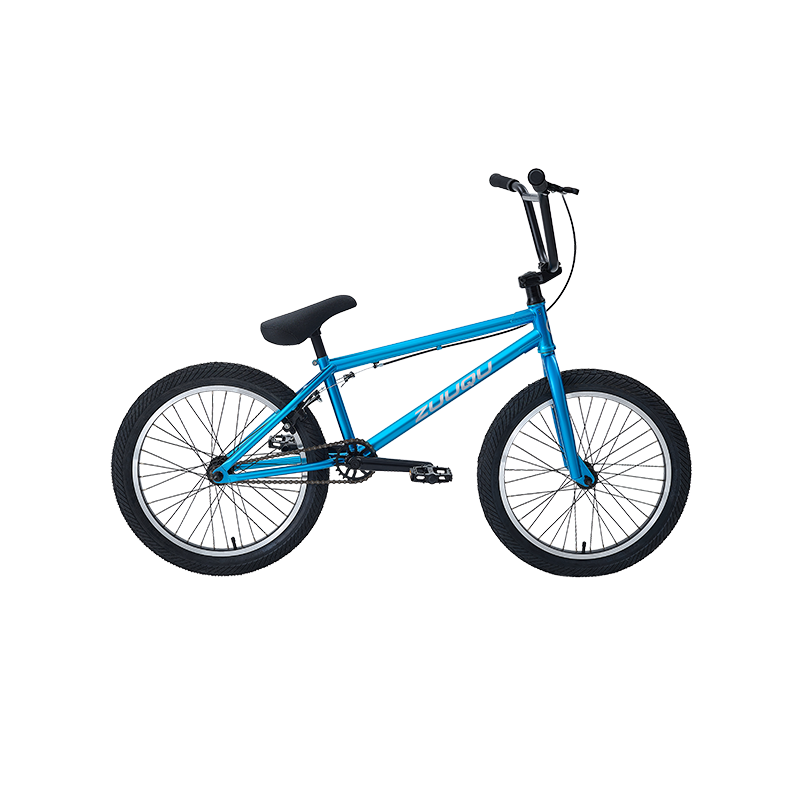

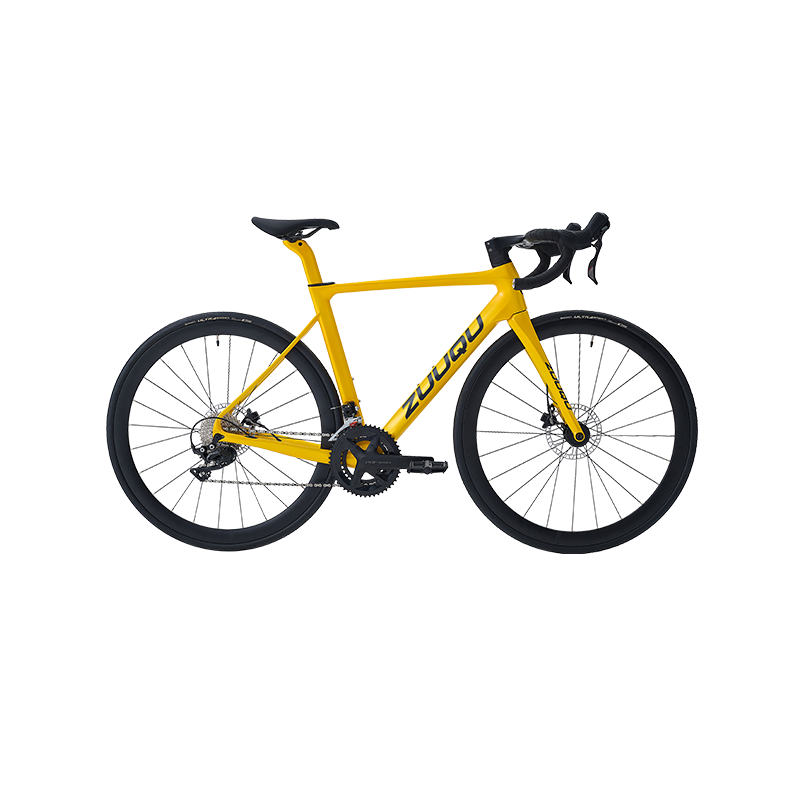
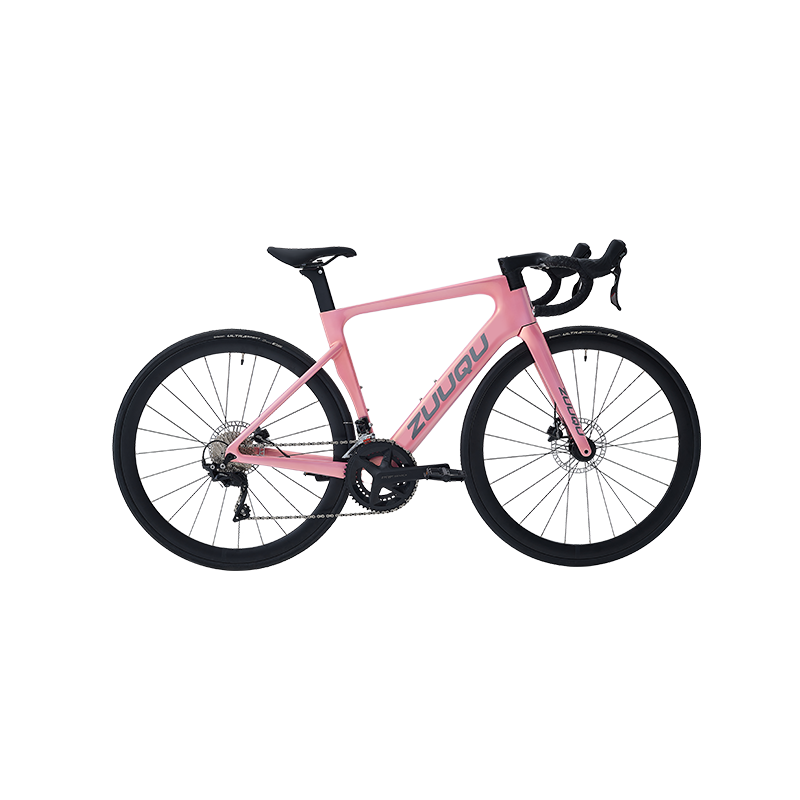
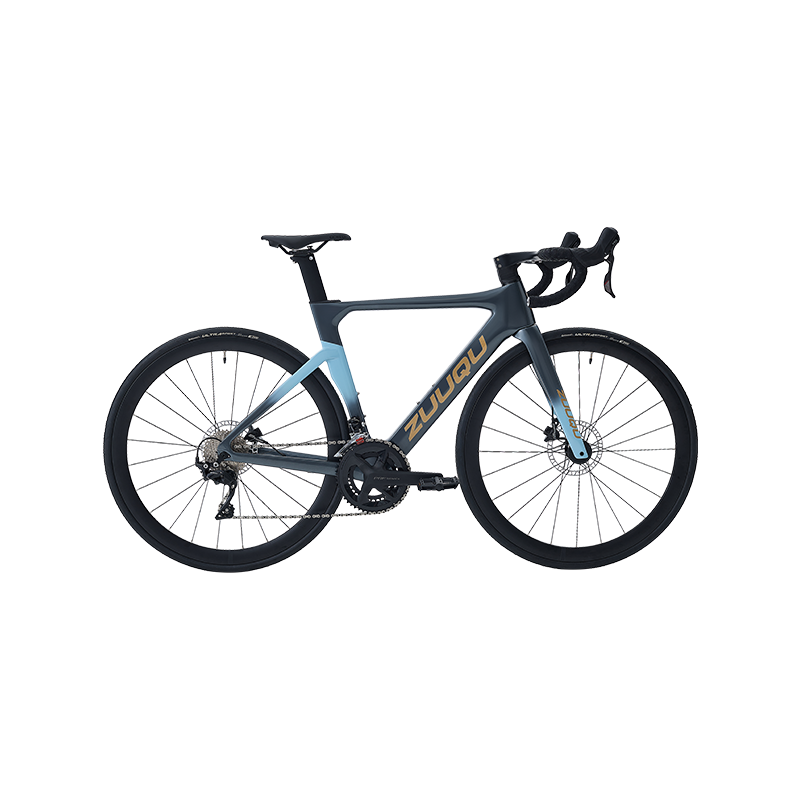
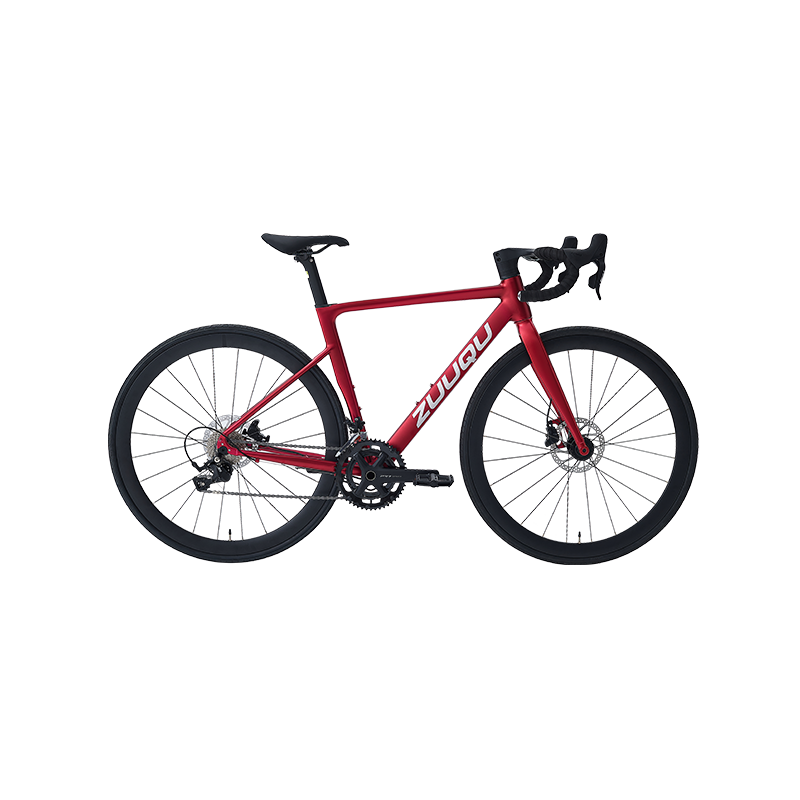
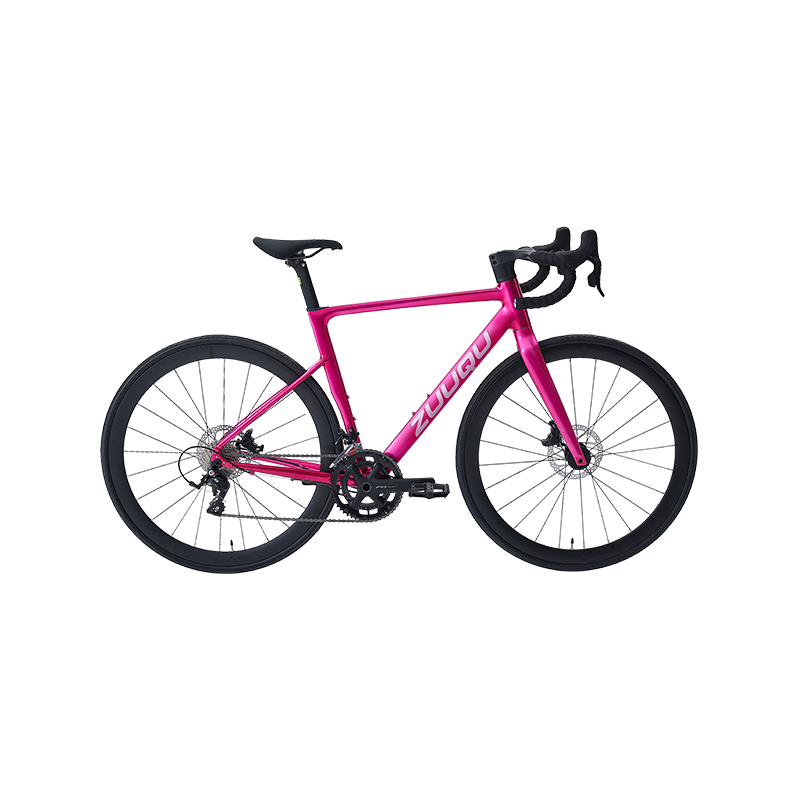

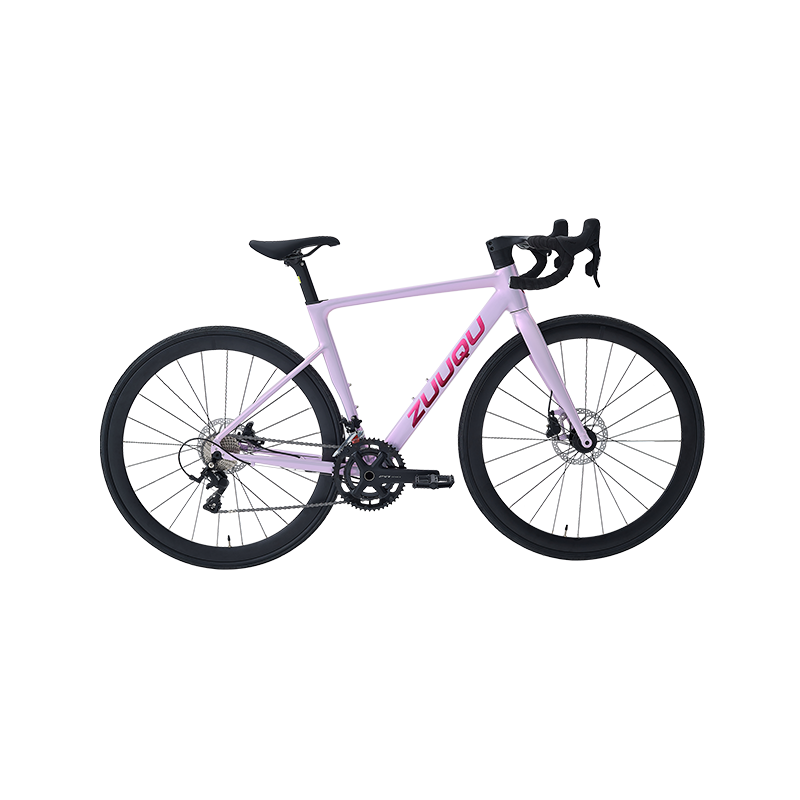
 Linhang industry park, Zhuji,
Linhang industry park, Zhuji,  +86-18858280688
+86-18858280688
